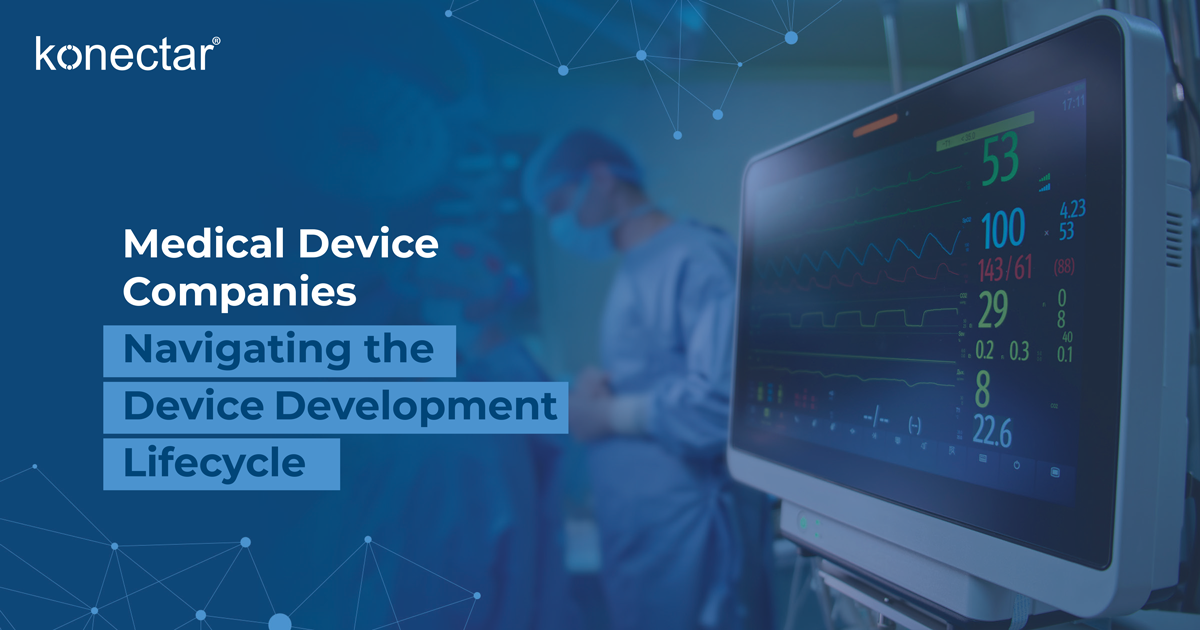The development of medical devices is a highly regulated endeavor. It involves several stages, from concept to market launch. The key steps involved in its developmental process are as follows:
Stage I
-
Conceptualization and Identification
This stage involves identifying a clinical need or problem that the device can address. The need often arises from gaps in current medical technology or patient needs. Also, the need should be well-defined and supported by evidence.
-
Market Research
Developers conduct market research to understand the demand for the device. This is done by assessing the competitive landscape and evaluating the economic viability of the product.
-
QMS (Quality Management System)
The company then implements a QMS that encompasses procedures, forms, templates, and SOPs related to the medical device project. It provides a structured framework to govern and manage all aspects of medical device activities.
Stage II
-
Regulatory Strategy
Regulations can vary by country, so developers understand the regulatory requirements. They identify the appropriate pathway that applies to the device and plan the device development process accordingly.
-
Prototype Design and Development
This stage involves prototyping the medical device. Detailed design specifications are created, and prototypes are built for evaluation. Apart from these, design controls and quality management processes are established.
-
Testing
Testing processes are extensively undertaken to evaluate the safety and performance of the device rigorously, and clinical data is gathered. Researchers gather essential input and optimize product design, which follows an iterative testing and improvement process.
Stage III
-
Preparation for Market Approval
This stage involves the preparation of the Design History File (DHF), which contains all the device designs and every detail about the completed device. The accuracy of DHF is instrumental in facilitating the probability of a successful FDA audit. FDA evaluates the safety of the device considering the details of these documents. Also, it must be noted that when it comes to device development in healthcare, there are three classes of devices, and the approval process varies for each category.
Stage IV
-
Review by the regulatory bodies
After all the trials and testing are completed, the companies apply to the regulatory bodies to review the medical device and sanction its approval. The review process is stringent, and the regulatory bodies may approve, disapprove, or ask for more information about the device.
Stage V
-
Manufacturing and Quality Assurance
Once regulatory approval is obtained, the Life Science Company can start manufacturing the devices at scale. Manufacturers should comply with Good Manufacturing Practices (GMP) and maintain quality control processes.
-
Market Launch and Post-market Activities
Devices are packaged, labeled, and distributed to healthcare providers and end-users. Training and support materials may be provided. Ongoing data collection and evaluation of real-world device performance continue after market launch. Any necessary improvements or updates are made based on feedback and experience.
Manufacturers ensure ongoing compliance with regulatory requirements through internal audits and inspections. Procedures are defined to manage recalls or corrective actions if safety issues or defects arise. Comprehensive records are maintained, and reporting obligations for adverse events, recalls, and other incidents are fulfilled.



